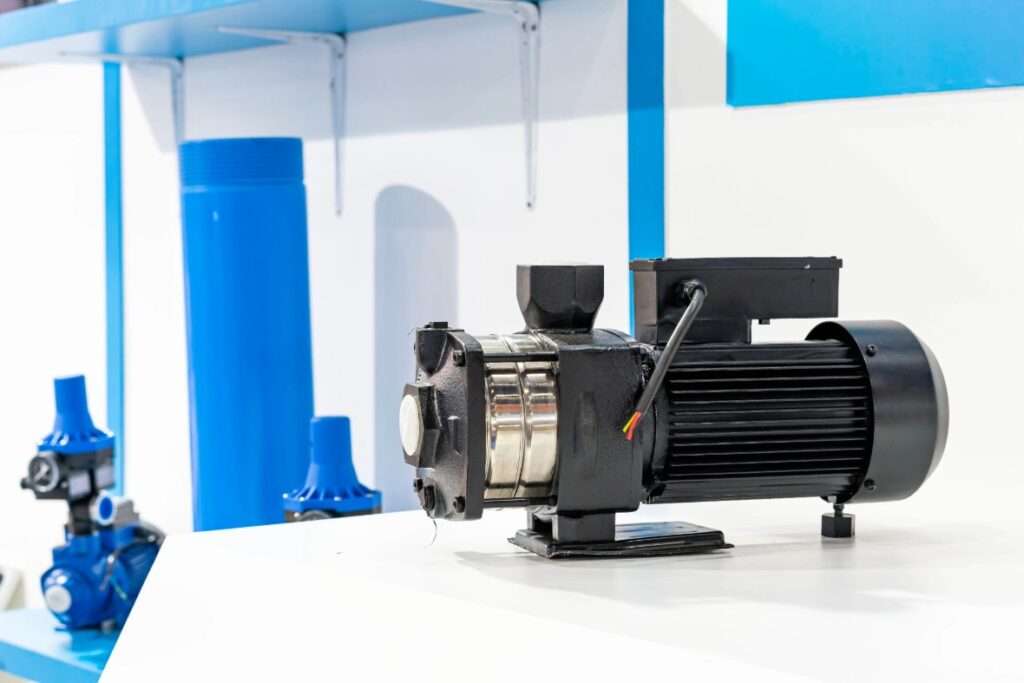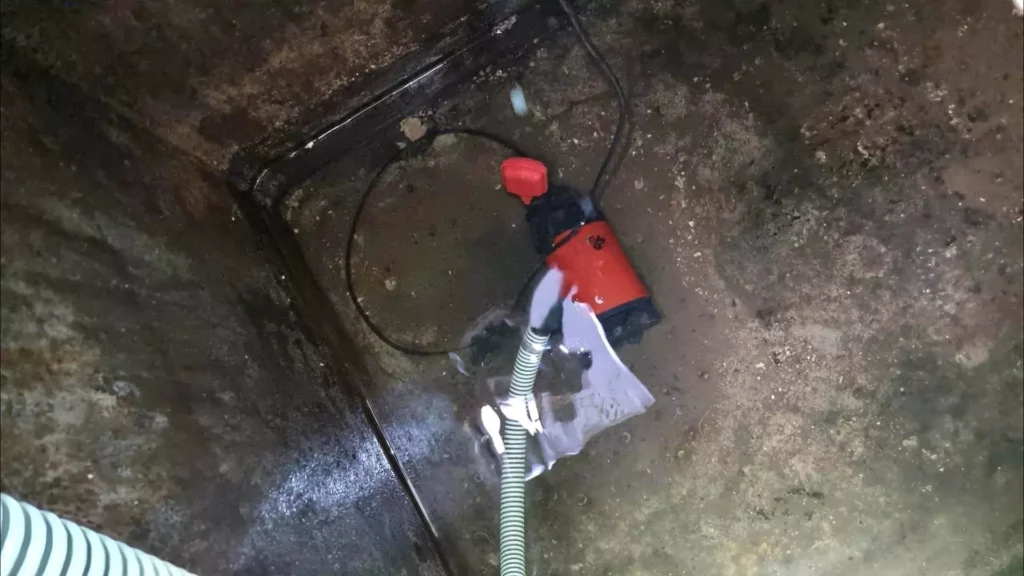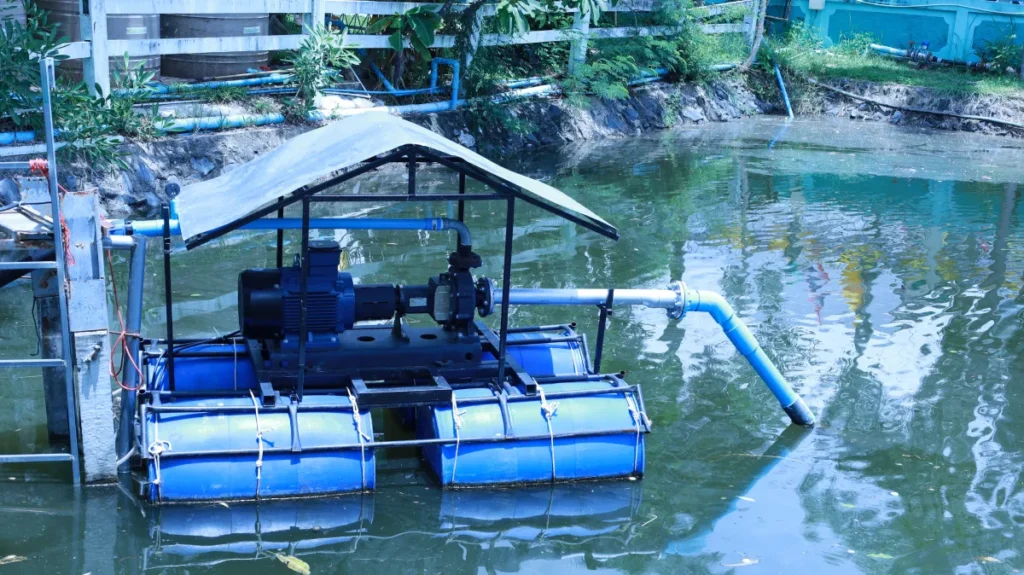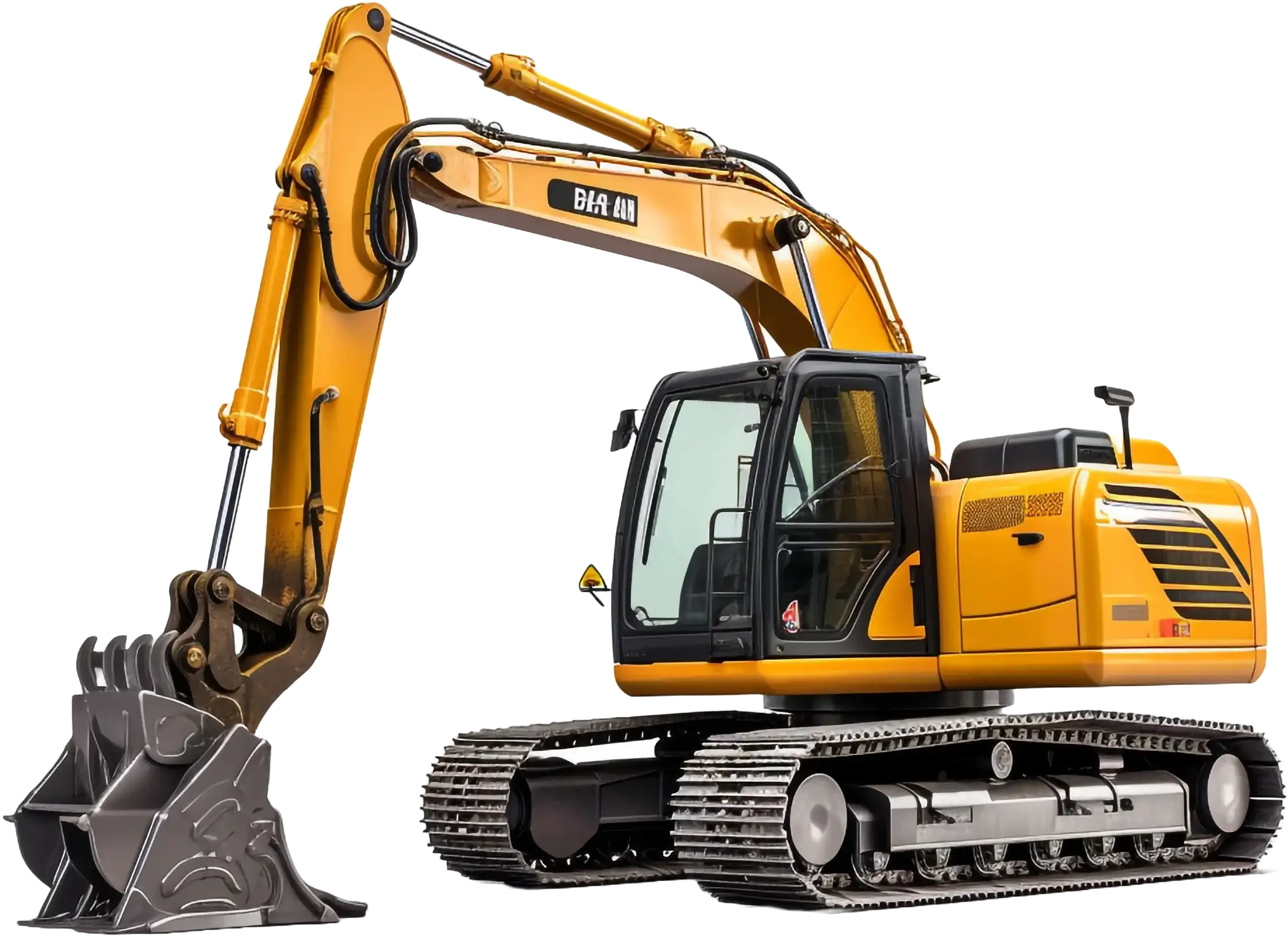In industries such as mining, oil and gas, municipal wastewater management, and large-scale construction, sludge pumps are critical to maintaining smooth operations. These pumps handle some of the harshest materials, abrasive slurries, dense sludge, and high-solid fluids that conventional pumping equipment cannot manage effectively. Without reliable performance, entire projects can suffer costly delays.
Downtime and inefficiencies in sludge pumps have direct consequences for both productivity and financial performance. A blocked impeller or electrical fault may lead to unplanned shutdowns, increasing operational expenses and lowering return on investment (ROI). For government buyers, project contractors, and engineering managers, ensuring consistent pump operation is essential to meeting timelines, avoiding penalties, and protecting infrastructure.
The purpose of this article is to examine the most common problems associated with sludge pumps and provide practical troubleshooting strategies. By addressing issues early, decision-makers can extend equipment life, minimize repair costs, and maximize project efficiency.
Understanding Sludge Pumps in Industrial Applications
Sludge pumps are designed specifically to move viscous, abrasive, and high-solid content fluids. Unlike standard centrifugal pumps that struggle with clogging and wear, these heavy-duty units are engineered with hardened materials and wider passages to handle demanding conditions. Their importance spans multiple sectors, from dewatering mining pits and dredging waterways to managing wastewater treatment facilities.
A submersible sludge pump is often the preferred choice for underwater or confined-space operations. Being fully submerged, it offers efficient suction, reduced priming requirements, and compact installation. By comparison, self-priming and centrifugal pumps are positioned outside the fluid body, making them better suited for easily accessible sites but more vulnerable to priming and suction-related challenges. For deep excavation or remote industrial projects, a submersible sludge pump often delivers the most reliable performance.
For organizations managing short-term projects or facing fluctuating demands, sludge pump rental provides a cost-effective solution. Renting allows procurement managers and contractors to access high-performance equipment without committing to the capital expense of ownership. This flexibility is particularly valuable for government projects, seasonal dredging operations, and emergency bypass pumping. A well-structured sludge pump rental agreement also ensures access to expert maintenance support, minimizing the risk of breakdowns during critical operations.
By understanding the unique advantages of sludge pumps, decision-makers can select the right configuration, whether through direct purchase or sludge pump rental, to match the technical and financial requirements of each project. For submerged operations or areas with high debris content, a submersible sludge pump often proves indispensable, offering durability and reliability under extreme conditions.
Common Problems in Sludge Pumps
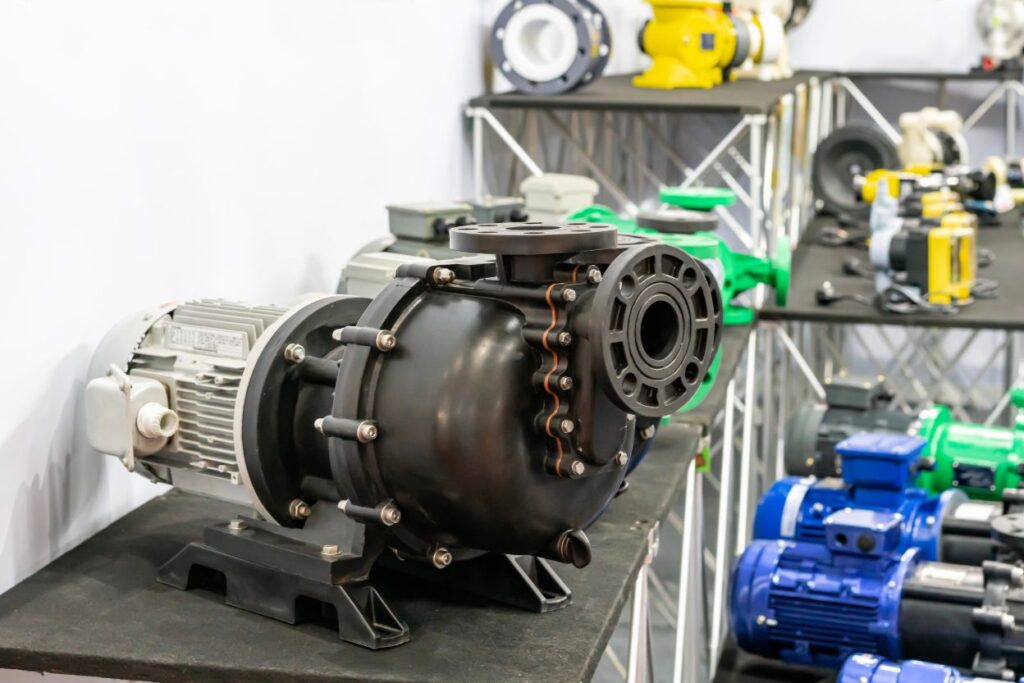
Clogging and Blockages
One of the most frequent challenges in sludge pumps is clogging caused by fibrous materials, oversized solids, or heavy debris. When the impeller or suction line becomes obstructed, the pump’s flow rate drops significantly, often leading to overheating and system shutdowns. For operations depending on consistent performance, such as dredging or wastewater treatment, even short periods of downtime can translate into high costs. Choosing the right configuration or considering a sludge pump rental with anti-clogging features can help reduce risks.
Loss of Prime / Suction Issues
Loss of prime is especially common in centrifugal and self-priming sludge pumps. Air leaks, improper installation, or insufficient suction pressure can prevent the pump from drawing fluid. This problem not only delays operations but also places strain on the motor. In projects where downtime is not acceptable, a properly installed submersible sludge pump eliminates many priming concerns since it operates directly in the fluid. Organizations working on temporary or seasonal jobs can also mitigate risks by opting for a sludge pump rental that includes professional setup and support.
Leaks at Seals and Joints
Seal and gasket wear, corrosion, or improper tightening can cause leaks in sludge pumps. Even minor leaks reduce pumping efficiency, create contamination risks, and increase maintenance demands. In high-pressure or abrasive environments, leaks can escalate into safety hazards. When evaluating equipment for demanding applications, buyers often compare the durability of permanent assets against the convenience of a sludge pump rental program that includes timely replacement of seals and components.
Vibration and Abnormal Noise
Excessive vibration or unusual noise in sludge pumps usually indicates problems such as impeller imbalance, misalignment, cavitation, or worn bearings. If left unresolved, these issues accelerate component failure and can compromise system integrity. A submersible sludge pump in particular requires close monitoring, as vibration underwater is harder to detect visually. Regular inspections, balancing, and proper installation help extend pump life, while rental solutions ensure access to replacement units if failures occur.
Motor and Electrical Problems
Motor failures are another significant concern for sludge pumps, with causes ranging from overheating and faulty wiring to low voltage or overloads. A malfunctioning motor directly impacts the efficiency of a submersible sludge pump, often requiring immediate shutdown to prevent further damage. For critical infrastructure projects, sludge pump rental agreements frequently include backup units, allowing operations to continue while electrical issues are addressed.
Reduced Flow Rate
A gradual reduction in flow rate is often a sign of worn impellers, partial blockages, or improper operation of sludge pumps. While the issue may appear minor at first, inefficient pumping increases energy consumption and reduces overall system output. In continuous-duty operations, this inefficiency translates into higher costs and missed deadlines. A submersible sludge pump can sometimes maintain higher flow consistency in challenging conditions, while a short-term sludge pump rental provides an economical way to test or replace underperforming units without long-term investment.
Troubleshooting Methods for Sludge Pump Failures
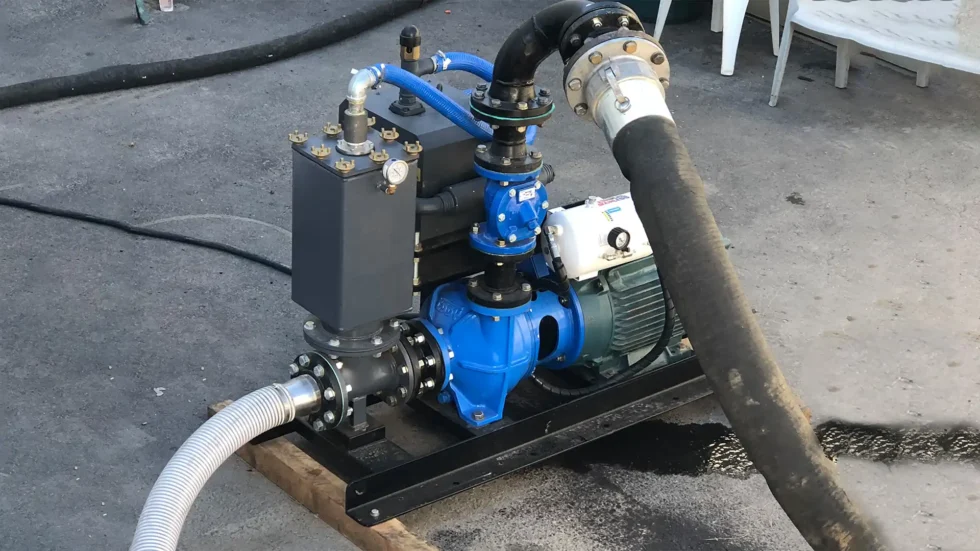
Power Supply and Electrical Checks
A significant portion of pump failures can be traced back to electrical issues. For sludge pumps, verifying the integrity of the power supply is a critical first step. Inspecting fuses, circuit breakers, and wiring ensures that the motor receives stable voltage and current. In high-demand applications, poor electrical connections may cause overheating or repeated shutdowns, directly impacting productivity.
Proper Priming and Air Leak Prevention
Many performance problems in sludge pumps originate from improper priming or trapped air within the suction line. Operators should confirm that the casing and suction piping are fully primed, while also checking for leaks at joints or fittings. For environments where priming poses recurring challenges, a submersible sludge pump is often a reliable alternative since it eliminates the need for repeated manual priming.
Cleaning and Inspection of Suction Systems
Blocked impellers, clogged strainers, or obstructed suction lines frequently reduce the efficiency of sludge pumps. A scheduled cleaning program helps maintain a consistent flow and reduces wear on internal components. In operations with fluctuating solids content, short-term sludge pump rental agreements can provide access to pumps with larger passages or anti-clogging features, ensuring continuity when conditions are unpredictable.
Leak Detection and Seal/Gasket Maintenance
Leaks at seals, gaskets, or joints compromise both efficiency and safety. Routine inspections of these components are necessary to identify early wear, corrosion, or improper installation. Testing with pressure and visual checks allows operators to address small leaks before they escalate. In cases where reliability is paramount, a submersible sludge pump with heavy-duty sealing systems offers additional protection against leakage.
Vibration and Alignment Adjustments
Excessive vibration in sludge pumps is often a warning sign of shaft misalignment, unbalanced impellers, or cavitation. If neglected, vibration accelerates bearing wear and may cause structural damage to the pump foundation. Corrective steps include re-aligning couplings, balancing rotating components, and ensuring stable mounting. Rental solutions such as sludge pump rental can serve as interim replacements when equipment requires extended realignment or repair.
Motor Diagnostics
The motor is the driving force of all sludge pumps, and its performance must be carefully monitored. Operators should regularly check amperage, temperature, and overload protection systems. Overheating, unusual power fluctuations, or repeated tripping of protective devices indicate underlying issues that need immediate attention. For harsh or submerged environments, a submersible sludge pump with integrated thermal protection can reduce the risk of sudden failure.
Preventive Maintenance Programs
Proactive maintenance is the most effective way to avoid costly downtime in sludge pumps. This includes consistent lubrication, monitoring wear on impellers and bearings, and replacing seals before they fail. Establishing a structured program not only extends equipment life but also optimizes operational budgets. For organizations without permanent pump assets, sludge pump rental options that include maintenance support allow for reliable performance without increasing internal service demands.
Why Is My Sludge Pump Not Taking Suction?
One of the most frustrating problems for operators is when sludge pumps fail to take suction. This issue halts operations and often points to a combination of mechanical, hydraulic, or installation-related faults. Understanding the causes is the first step in implementing an effective troubleshooting strategy.
Common Causes of Suction Failure
- Air leaks in suction lines – Even minor leaks allow air into the system, preventing the pump from achieving the necessary vacuum for fluid movement.
- Clogged strainer or impeller – Debris or oversized solids may block passageways, stopping suction altogether.
- Excessive suction lift or low fluid level – If the pump is positioned too far above the liquid source, it may be unable to maintain prime.
- Faulty valves or defective packing – Worn check valves or poor sealing reduce suction efficiency.
- High viscosity fluids – If the material exceeds the pump’s designed handling capacity, suction performance will drop sharply.
Troubleshooting Checklist
Operators can address suction issues in sludge pumps with a structured approach:
- Inspect suction lines for air leaks or loose fittings.
- Clean strainers and impellers to ensure unobstructed flow.
- Verify the fluid level and minimize suction lift wherever possible.
- Test and replace faulty valves or defective packing.
- Evaluate the material’s viscosity and consider alternative equipment if limits are exceeded.
In some cases, switching to a submersible sludge pump can eliminate suction-related problems altogether, as the pump operates directly in the fluid. For projects with unpredictable suction conditions, sludge pump rental provides access to alternative models without long-term financial commitment.
Common Problems with Sewage and Submersible Sludge Pumps
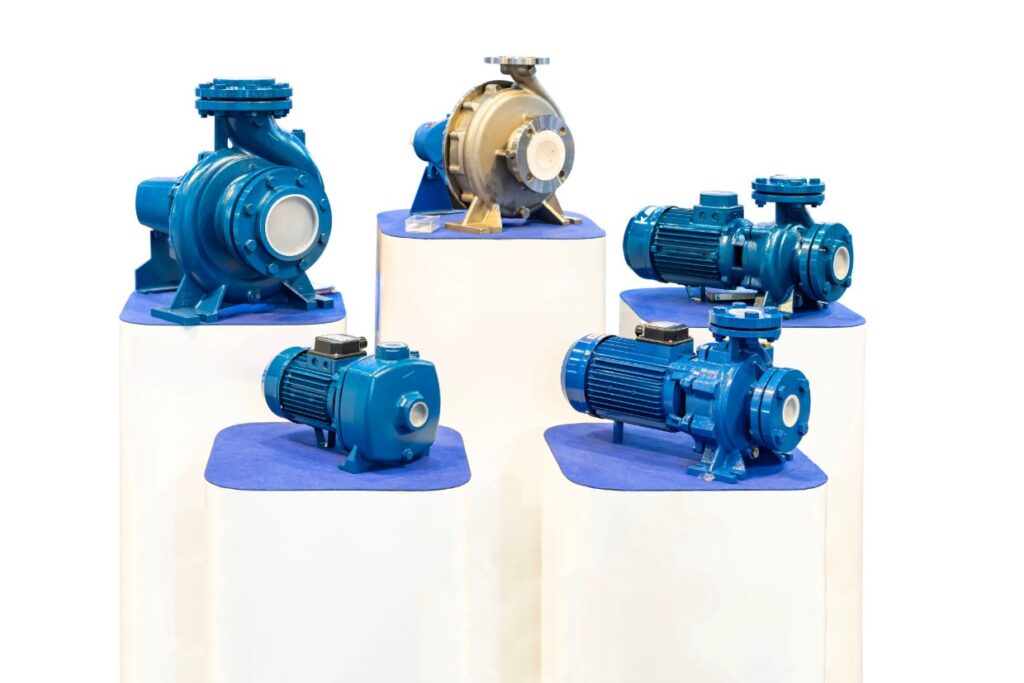
While standard sludge pumps face common issues such as clogging and leaks, sewage and submersible units present unique challenges due to their installation environments. Recognizing these problems helps project managers and contractors minimize downtime and extend equipment life.
Blockages and Debris Accumulation
Sewage systems often contain non-biodegradable materials such as wipes, plastics, and rags. These cause frequent blockages in sludge pumps, particularly when strainers are undersized or poorly maintained. Preventive screening and routine cleaning are essential in these applications.
Motor and Electrical Failures
A submersible sludge pump is exposed to harsh underwater conditions, making its motor more susceptible to overheating, insulation failure, or power interruptions. Regular electrical inspections and protective controls are critical for uninterrupted operation.
Float Switch and Control Panel Malfunctions
Float switches and control panels regulate pump cycles. When these components fail, the pump may not start, stop, or cycle correctly. Malfunctions lead to inconsistent pumping, overflow risks, or unnecessary energy consumption.
Continuous Running and Energy Inefficiency
Another common issue in submersible sludge pump operations is continuous running caused by stuck switches or undetected blockages. This not only increases energy usage but also accelerates wear on mechanical components.
Improper Sizing and Installation
Selecting the wrong pump capacity or placing the unit incorrectly can drastically reduce efficiency. For temporary projects or when sizing uncertainty exists, sludge pump rental offers flexibility, allowing teams to test multiple capacities before committing to purchase.
By identifying these common issues in sewage and submersible systems, decision-makers can proactively mitigate risks and ensure that sludge pumps perform reliably across critical applications.
Operational and Procurement Considerations
For procurement leaders, engineering managers, and project contractors, the performance of sludge pumps directly influences both project efficiency and financial outcomes. Selecting the right equipment and procurement strategy can help reduce risks, improve reliability, and maximize return on investment.
Selecting the right pump type begins with understanding the specific fluid characteristics. Abrasive slurries, fibrous sludge, and highly viscous materials all demand specialized designs. A submersible sludge pump is often the preferred choice when space constraints, deep pits, or submerged conditions make surface-mounted pumps impractical. For operations where priming challenges or suction lift limitations are common, submersible designs deliver consistent performance with reduced downtime.
Another key factor is the flexibility of sludge pump rental. Seasonal projects, emergency bypass operations, or short-term dredging jobs often do not justify the upfront capital expenditure of purchasing new equipment. Rental options allow contractors and government buyers to scale capacity on demand, test different configurations, and ensure continuous operation without long-term ownership costs. This approach reduces financial risk while providing access to the latest technology and support services.
Finally, ensuring the use of OEM-certified parts and service agreements is essential for extending equipment life and maintaining warranty coverage. Relying on original components prevents premature wear and unexpected failures that can disrupt critical operations. Many organizations pair long-term asset ownership with supplemental sludge pump rental agreements, guaranteeing access to both reliable permanent installations and backup units when required.
Conclusion
Across industries such as mining, wastewater management, and heavy construction, the ability of sludge pumps to operate reliably determines whether projects stay on schedule and within budget. Proactive troubleshooting not only minimizes downtime but also protects equipment from costly damage and premature replacement.
By integrating structured maintenance programs, choosing equipment suited to fluid characteristics, and leveraging sludge pump rental where appropriate, organizations can achieve measurable improvements in productivity and cost efficiency. A well-chosen submersible sludge pump or rental solution ensures that critical operations continue smoothly, even in the most demanding environments.For decision-makers seeking dependable equipment and expert support, DredgeWorks Mali provides tailored solutions in sludge pumps, offering rentals, service, and submersible options designed to meet the toughest industrial challenges.

